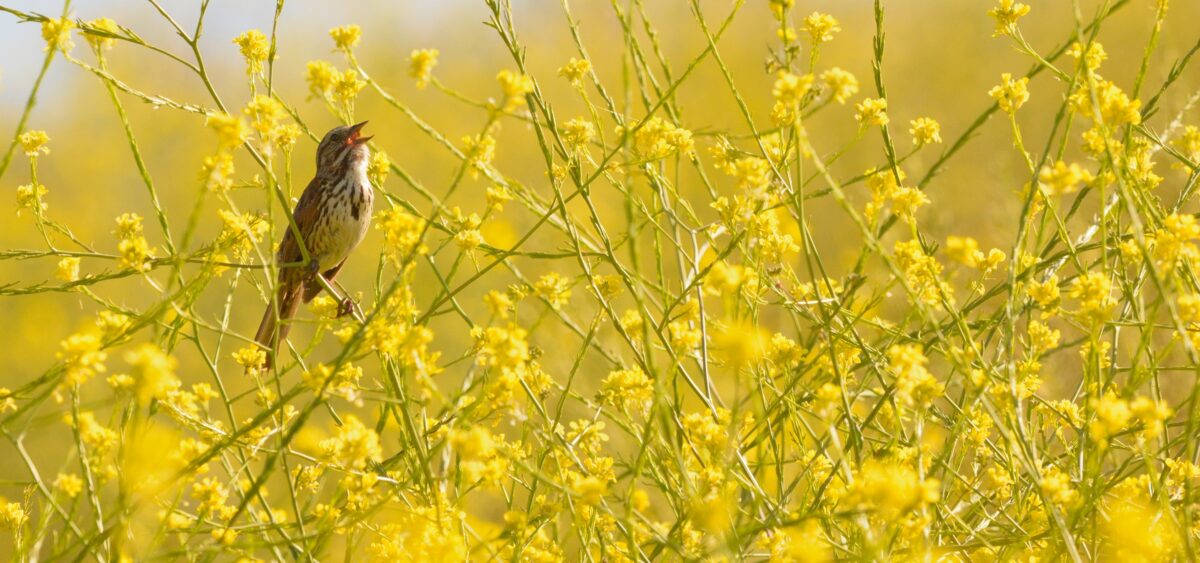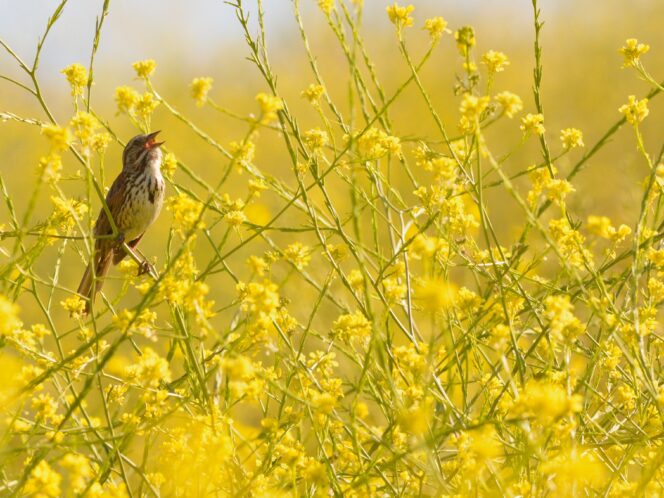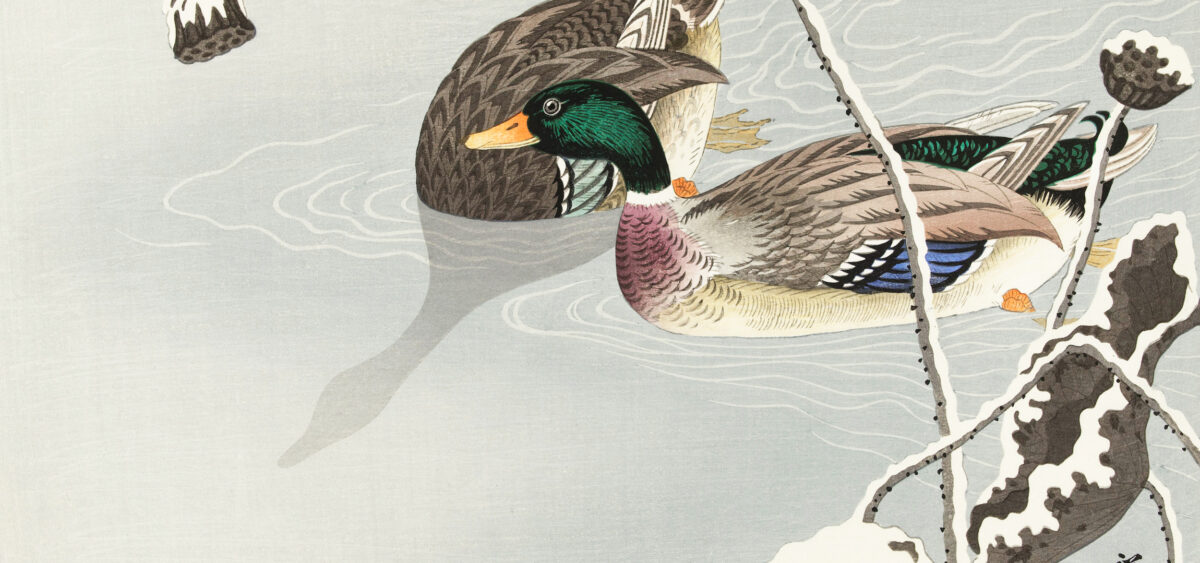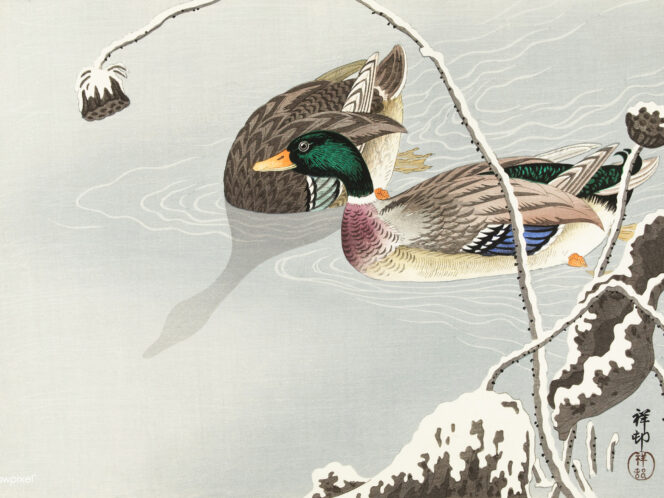
What do the seasons sound like to a naturalist’s ears? Each one sounds different, and spring – a time of avian and batrachian cacophony – has got the nicest sound of all. Winter and summer are not completely devoid of pleasant tones, but it’s in May that true ecstasy can be found.
In the spring, the sounds of nature can be heard everywhere: in fields, forests, meadows and among reeds; in wastelands, woodlands, shrublands, city parks and home gardens. They come from overhead – as flocks of winged wanderers big and small sweep across the sky on their way back from their winter habitats – and from the surface of the water, where birds land to rest or eat.
In the Wintertime
Compared with spring, winter is much quieter. Not completely silent as far as the naturalist is concerned, but a season when it is much more difficult to come across sound in nature. The sounds that are there are more subdued, inconspicuous and dispersed. I would compare them to the flecks of sunlight found deep down in the forest in late spring and summer, when a canopy of leaves covers the tree crowns. The specialist term for this is light images; my story, meanwhile, will be about ‘sound images’.
When walking through the forest in winter, I am usually surrounded by silence. Sometimes, if snow happens to be lying on the ground and there is a hard frost, I can hear creaking under my feet. It’s a beautiful sound: cold and sharp, but also atmospheric, soothing and pure. When I am making that sound, however, I have to accept that nothing will come of a chance encounter with a roe deer, red deer or elk. On the other hand, when snow covers the ground, all the tracks can be seen clearly. Needless to say, it is the most mysterious ones that are the most interesting: the trails of a family of wolves, say, who happened to be passing through this spot a few hours earlier. In moments like these, you have the opportunity to use your imagination and try to read the tracks. Were the wolves tracking down a red deer in this area? Or maybe they were patrolling the boundaries of their territory, or seeking to move away from the people working on the logging site? A persevering nature watcher will be able to draw some conclusions from little hints and bits of circumstantial evidence. The sad thing is that snow and severe frost (and hence the creaking underneath one’s boots) are becoming ever rarer. Climate change takes a lot away from the world of natural winter sounds, once so ubiquitous.
As I walk, every now and then I enter a sound image. It is usually the knocking of the great spotted woodpecker. I stop for








